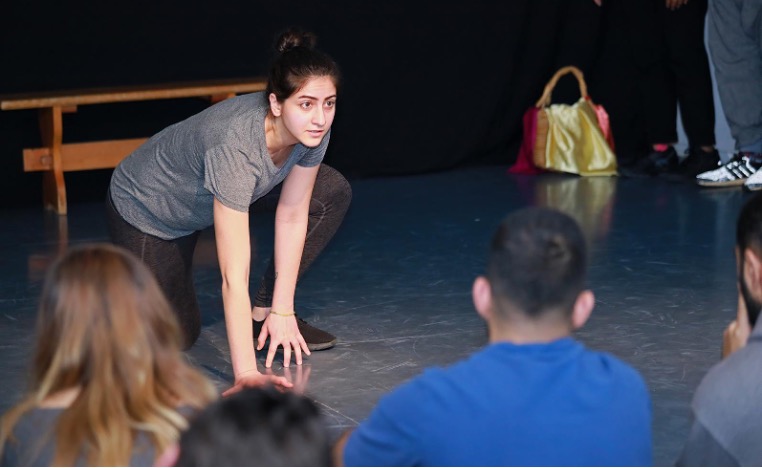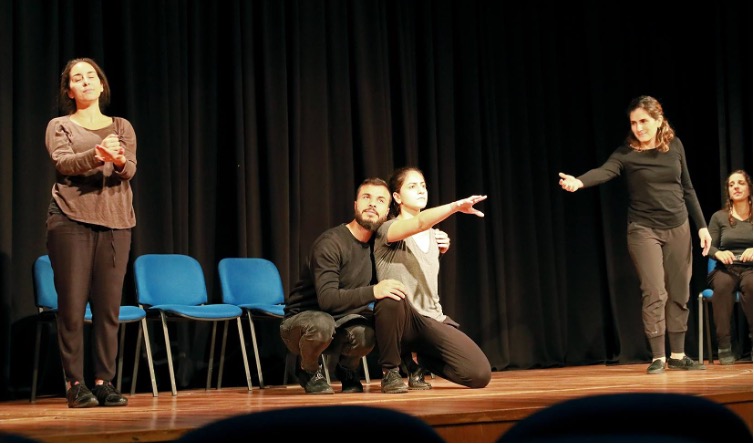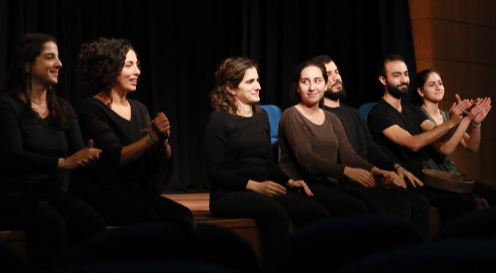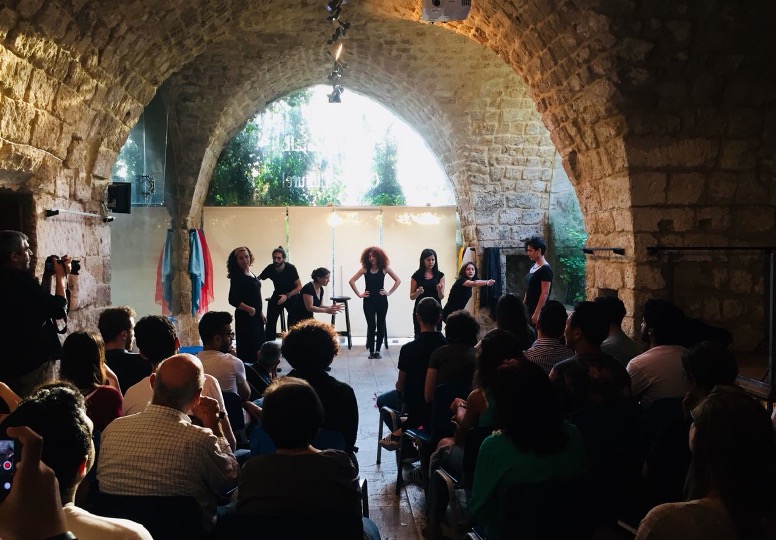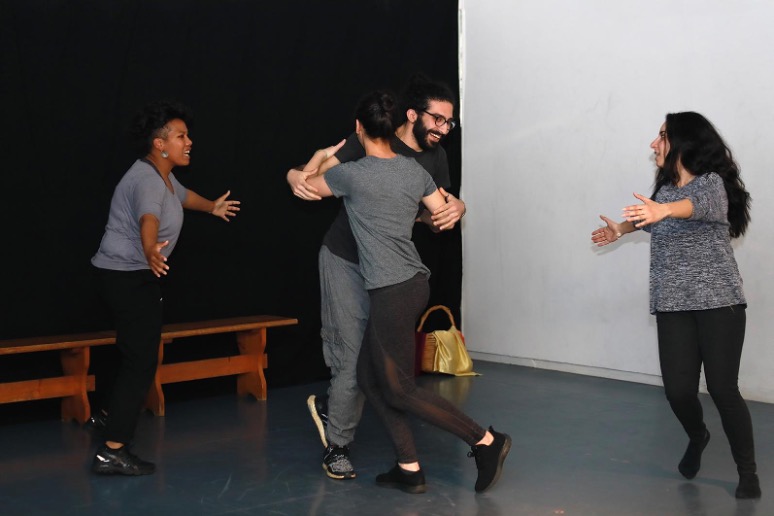Khawla Nasser AlDeen (she/her/hers) is a junior public health researcher from Lebanon, focusing on mental health, migrant wellbeing, community health, and health promotion. She studied Public Health and Psychology in college, where she wove community engagement into her academic journey. In 2018, she served as the youth representative to the UN of the International Association of Applied Psychology, advocating for mental health and wellbeing on the international agenda.
